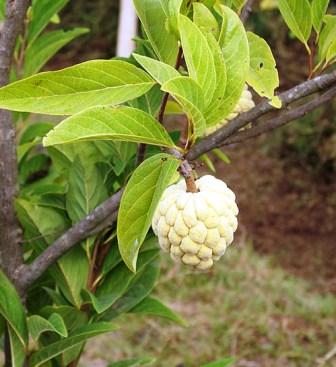Breadfruit (Artocarpus altilis)
.png)
Breadfruit (Artocarpus altilis) is the name of a type of tree and its fruit at all. Breadfruit does not have seeds and has a padded section, which is similar to the bread after it is cooked or fried. Because of this, the Europeans know it as "bread fruit.” Artocarpus altilis This plant is Polynesia origin, then spread to the South East Asia region. Now, breadfruit is an important food source of carbohydrates in the various islands in the tropics, especially in the Pacific and Southeast Asia. Breadfruit can be cooked in different ways: boiled, fried, roasted, or grilled. To make it durable and stored longer, cooked fruit is sliced and dried in the sun or in a furnace. In Pacific islands, the excess harvest breadfruit will be buried in holes in the ground and allowed to ferment a few weeks away, so it turns into a paste like cheese lasting, nutritious and can be made into a kind of baked cake. Characteristics of the tree: Breadfruit tree is bas...











